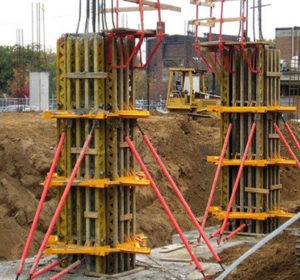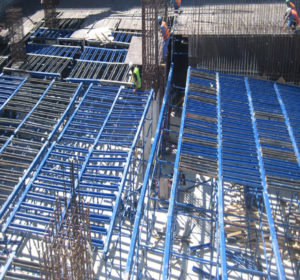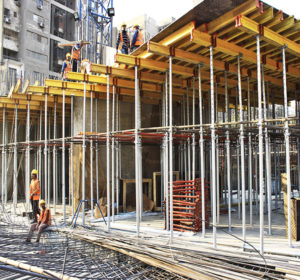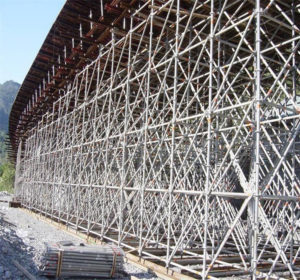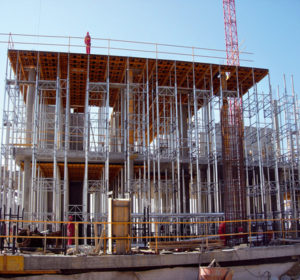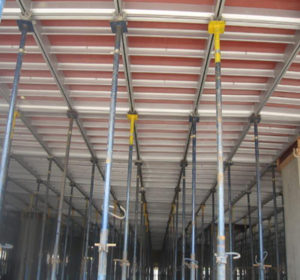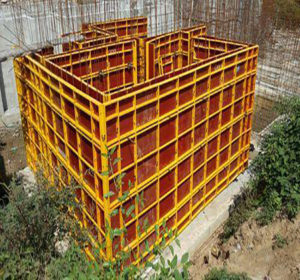Formwork Shuttering Supplier UAE
 Formwork Shuttering Supplier UAE is a temporary framework that is used as a mold for new concrete, into which concrete is poured. In addition, cast into a suitable shape, gaining initial strength before hardening and developing. Formwork employs various shapes and sizes based on our construction elements in the form of PCC works in Building, Bridge, Tunnel Lining, Hydropower Dam, Irrigation Headwork, Sanitary Pipeline work, and so on.
Formwork Shuttering Supplier UAE is a temporary framework that is used as a mold for new concrete, into which concrete is poured. In addition, cast into a suitable shape, gaining initial strength before hardening and developing. Formwork employs various shapes and sizes based on our construction elements in the form of PCC works in Building, Bridge, Tunnel Lining, Hydropower Dam, Irrigation Headwork, Sanitary Pipeline work, and so on.
Moreover, formwork, shuttering, centering, staging, and scaffolding are all temporary structures that are set up on-site for some functions. They can also term after the sort of structural members they are used for, such as slab formwork for use in a slab, beam formwork, and column formwork for use in beams and columns.
Hence, formwork construction takes time and can cost up to 20% to 25% of the total cost of the structure, if not more. These temporary constructions are designed by our Supplier and manufacturer company in UAE, Bahrain, Iraq, Kuwait, Oman, Qatar, Saudi Arabia, Abu Dhabi, Dubai, Sharjah, Umm al-Qaiwain, Fujairah, Ajman, and Ra’s al-Khaimah to be cost-effective.
Shuttering:
This is a type of formwork or a derivative of formwork. Shuttering is a vertical temporary arrangement used to get concrete into the appropriate shape. It is another formwork that supports vertical arrangement. Also, shuttering is the technical term for formwork for columns, footings, and retaining walls.
Good formwork (Shuttering) Requires:
- The formwork should be made of a low-cost material that may be reused numerous times.
- The form should be nearly watertight so that it does not leak or absorb water from the concrete. Its shrinking and swelling should also be limited.
- It should be able to withstand the weight of concrete as well as the live loads of pouring, vibration, compaction, and curing.
- Also, it should be stiff and rigid enough to have minimal deflection.
- Moreover, it is light in weight, smooth, and easily stoppable as well as feasible.
- All formwork joints should be leakproof.
- The formwork should be supported by non-moving supports.

